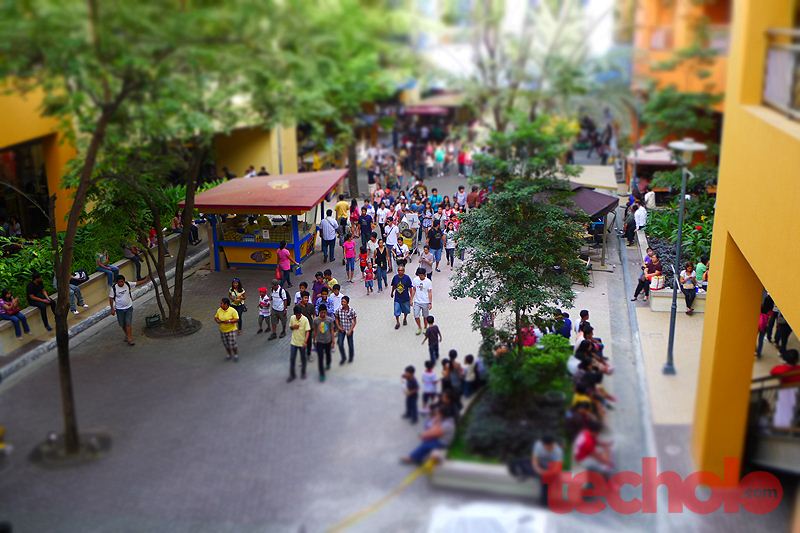Now that Panasonic has already released the Lumix LX7. I remembered that I still haven’t wrote a review (just an unboxing) for it’s predecessor, the LX5 - which I got as a replacement for my old Panasonic ZS6, another point-and-shoot. While I love taking photographs, I’m not a professional and can only rely on personal experience and online reviews more knowledgeable than me.
The LX5 was among the new breed of compact cameras to arrive before micro-four-third cameras with interchangeable lenses were introduced. The LX5, even LX3, was the sort of camera that professional photographers, using digital SLR’s, would bring when they’d want a portable and compact camera alternative.
Read on for the full review. Don’t forget to click the image to see the larger size.
Specs and Features
The LX5 has a high-sensitivity 1/1.63" CCD chip inside enabling it to shoot 10.1 effective megapixels. It has Leica DC Vario Summicron lens, nearly identical to the more luxurious Leica D-Lux 5. There’s also a 3” LCD display and a covered hot shoe for the optional dedicated flash and optical viewfinder.
There are a lot of presets and manual configuration in this camera that amateurs and pros will appreciate. The dial has Intelligent Auto, P (Program) Mode, A (Aperture Priority) Mode, S (Shutter Priority) Mode, M (Manual) Mode, Creative Movie Mode, My Color Mode, Scene Mode, Custom1, Custom2
Presets include: Portrait, Soft Skin, Self Portrait, Scenery, Low Light, Food, Party, Candle Light, Sunset, Beach, Snow, Aerial, High Sensitivity
I mostly use the Auto mode myself because its great to go by default.
Photo & Video
One thing that I liked about the LX5 is its Power O.I.S. That’s their term for their image stabilization technology. It really works for me and has helped lessen those blurry shots, specially on video, where I’m mostly panning or walking while shooting in 720p (AVCHD format)
I also used the tilt-shift effect on the Color Mode regularly on photos and more often on videos. It has that time-lapse and fast-forward feel to it and creates an illusion of a miniature environment. This is best done with a tripod since you’d need at least 10-20 minutes to get a good amount of recording time.
Other Color Mode includes the following: Expressive, Retro, Pure, Elegant, Monochrome, High Dynamic, Dynamic Art, Dynamic B&W, Silhouette, Film Grain, Custom, Miniature Effect.
Accessories
There is also an available DMW-LA6 adapter that allows the attachment of DMW-LWA52 Wide Angle lens to the LX5. Which, by the way, is the only lens accessory available. The DMW-LMC52 Lens Protection provides enough protection when the wide angle lens is off and the adaptor is still on.
The wide angles lens is pricey at approximately 6,500+ but was worth the investment. It captures more detail with its broader shot. It’s the equivalent of an 18mm super wide-angle lens (in 35mm).
One thing that I didn’t like about the wide angle lens was when using the flash. The huge lens obscures the light from the pop-up flash and casts a dark shadow on the right portion of the shot.
Conclusion
The LX5 is a great camera. It’s not the best when compared with newer micro four thirds and Digital SLR’s but for its compact size, it’s the perfect choice to use when you don’t want to lug around your heavy professional camera. Battery life was also great. It lasted be about 350 shots before the battery required changing. It’s always a good idea to buy a second extra battery. I skimped and bought a generic one on Amazon, it works the same anyways.
One of the reasons why I chose this camera was because of the retro looking exterior. It had that classic feel to it and pretty much resembles the more expensive Leica cameras. I don’t know much about its successor, but either LX5 or LX7, I’ve always liked Panasonic point and shoots.














